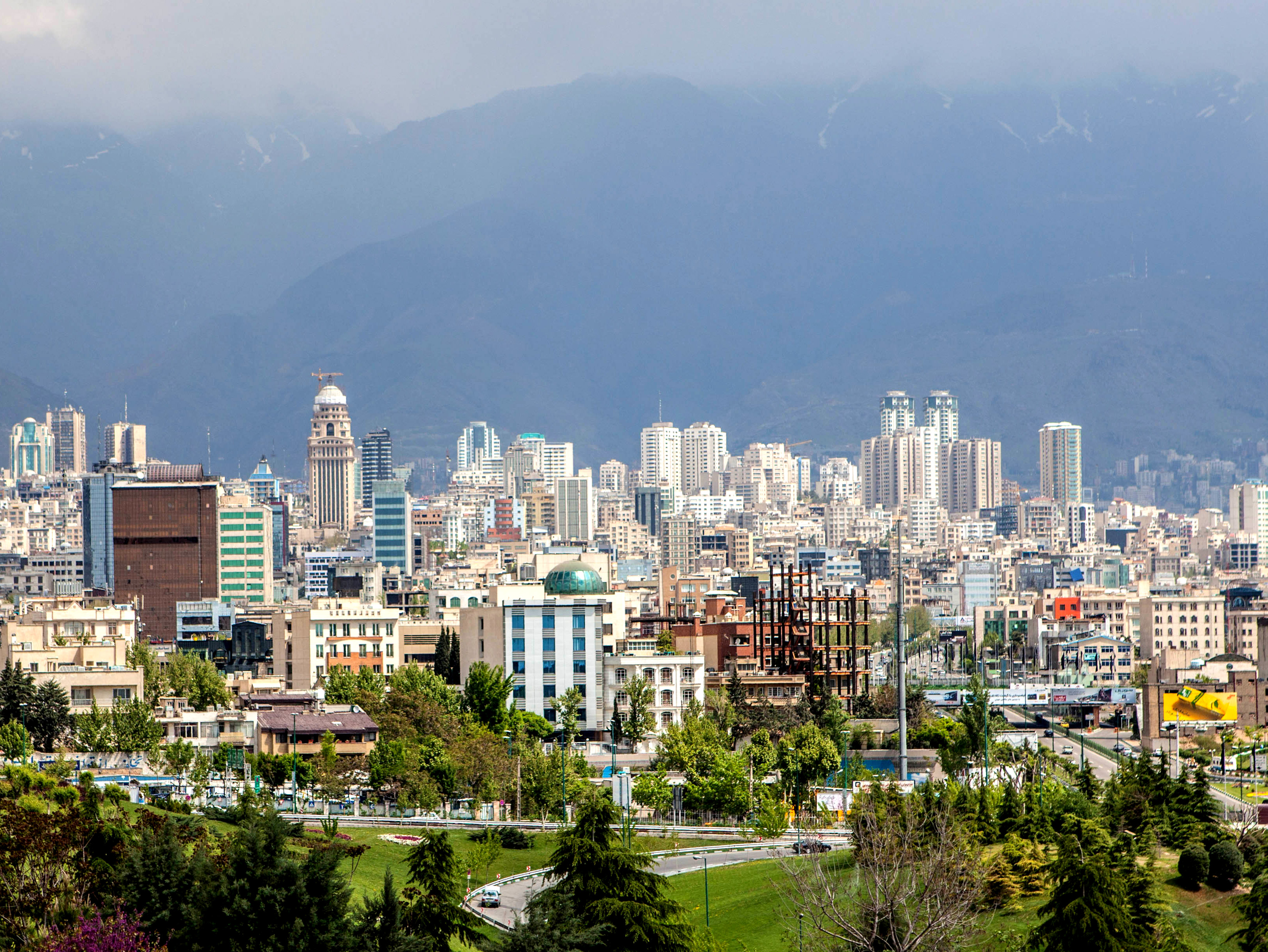A comparison of the findings of the latest National Population and Housing Census with the previous one conducted in the Iranian year 1390 (March 2011-12) shows that the number of vacant homes in Iran has increased by 55%.
The total number of houses, including empty ones, has increased by 17% to reach 25.41 million, the Persian daily Donya-e-Eqtesad reported.
The above figures indicate that a huge amount of capital has been spent on the construction of luxury and big houses, especially during 2011-13 when there was a hike in house prices, tempting banks to enter the business and embark on mass construction through their subsidiaries without paying attention to low demand due to the decline in people’s purchasing power.
There is currently one vacant house for every 10 occupied houses. The situation is much worse in the capital.
Announcing the preliminary results of this year’s census on Monday, Omid Ali Parsa, the head of Statistical Center of Iran, said there are around 490,000 empty homes in Tehran, registering a 13% increase compared with five years ago.
This is while the global standard for the ratio between empty houses and the total number of houses in a city or country is 4-6%.
Since the construction of big, luxury and therefore, expensive houses has in no way helped people with purchasing a house, the number of tenants has increased from 26.6% five years ago to 30.8% this year.
The latest national census was carried out nationwide from September 24, 2016, in two stages of online and door-to-door registration, Mehr News Agency reported. The door-to-door phase, which was the second phase, ended on November 18.
The online registration, in which 11.1 million households—almost 37.2 million people accounting for 46.4% of the population participated, began on September 24 and ended on October 21.
The Statistical Center of Iran is the official body in charge of providing data on population, agriculture, manufacturing, trade and economy of Iran.
The latest census put Iran’s population at over 70.92 million, which is about 4.77 million more compared to the previous record registered by the previous census.
“Out of the total of 79,926,270 Iranians or 24,196,035 households, 59,146,847 or 18,125,488 households live in urban and 20,730,625 people or 6,070,547 households live in rural areas. The urban population shows an increase of 5,500,186 and the rural population has decreased by 772,383 compared with the 1390 National Census,” Parsa said on Monday.
“At present, an average of 3.3 people lives in each Iranian household. The figure for urban and rural areas is 3.3 and 3.4 respectively. This shows a decrease compared with five years ago when the number of people per household amounted to 3.5 for urban and 3.7 for rural areas.”
Parsa noted that the unemployment rate for the current Iranian year (ending March 20, 2017) stood at 12.4%.
“The population of people employed in all economic sectors, except for construction, increased to 22.7 million [compared to the previous year]. Men’s and women’s unemployment rates stood at 10.5% and 20.7% respectively,” he said.
The SCI put youth unemployment rate, i.e. the proportion of the population between the ages of 15-24 and 15-29, at 29.4% and 25.9% respectively.


